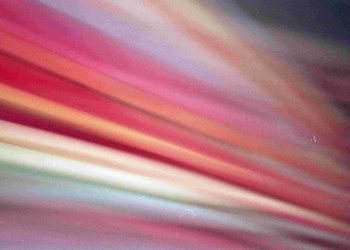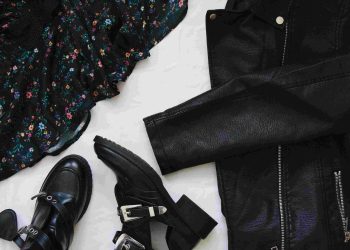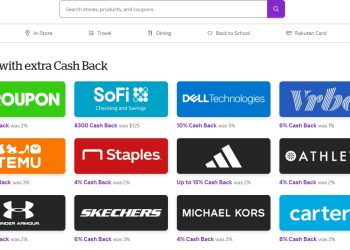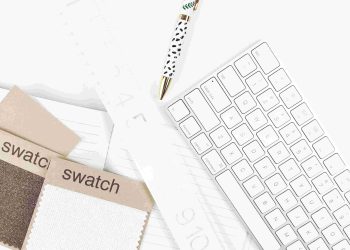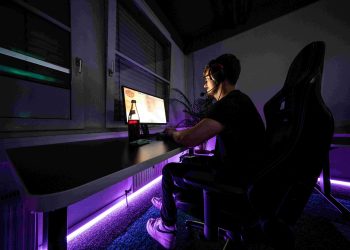Freelance Designers Near Me

Freelancing: The New Creative Frontier
Let’s not mince words: the traditional 9-to-5 office grind is fading. When I first experienced the thrill—and the terror—of leaving a salaried job to pursue freelance design work, I felt as though I had stepped off a cliff without a parachute. But it became clear almost immediately: the future of work is here, and it doesn’t come with an office cubicle.
Once relegated to the fringes as “unstable” or “risky,” freelancing has now become an often idealized career choice. It isn’t just a response to dissatisfaction with corporate culture—it’s an outright rejection of it. According to a 2023 report by Upwork, over 60 million Americans freelanced in 2022, contributing $1.35 trillion to the economy. Creative roles like design, writing, and video editing rank among the most in-demand skills in this burgeoning gig economy. It’s not just a trend; it’s a seismic shift.
Why Freelancing Offers More Than Freedom
Ask any freelance designer what they love most about their work, and the word “freedom” will likely be at the top of the list. But let’s dig deeper. Freedom isn’t just about scheduling your day or choosing your clients—it’s about reclaiming autonomy over one’s creative vision. No longer shackled by layers of corporate approval, freelance designers can push boundaries, take risks, and redefine visual culture.
Furthermore, the freelance lifestyle fosters an unparalleled opportunity for continuous growth. Designers who work independently must wear multiple hats: marketer, salesperson, project manager, and sometimes even accountant. This multifaceted approach builds a skill set far broader than what traditional employment offers, preparing designers not just for a career, but for an ever-evolving marketplace.
The Psychological Edge of Going Independent
At its core, freelancing is more than an economic arrangement—it’s a transformative psychological exercise. Psychologist Mihaly Csikszentmihalyi, in his renowned book
Flow
, discusses how deep engagement in meaningful tasks leads to a state of optimal experience. Freelance designers, tasked with solving complex visual problems, frequently enter this state. The direct correlation between effort and outcome creates a constant feedback loop of satisfaction and mastery, something often missing in hierarchical, procedure-heavy traditional jobs.
But there’s a catch: the freedom of freelancing brings with it the weight of responsibility. No safety nets. No structured support systems. It fosters resilience, grit, and the ability to rebound from failure—qualities that are invaluable in today’s world, both professionally and personally.
Disrupting the Myths of “Job Security”
A common argument against freelancing is that it lacks the stability of a “real job.” But let’s be brutally honest: in an age of automation and economic uncertainty, no job is truly secure. A 2021 report from the World Economic Forum estimated that 85 million jobs could be displaced by 2025 due to technological advancements.
Freelancing, on the other hand, thrives on adaptability. Designers who continuously learn new tools, experiment with techniques, and build diverse portfolios are creating their own job security. In this gig economy, staying relevant is the new pension plan.
How to Find Freelance Designers Near You
If you’re an entrepreneur, business owner, or simply someone with a creative idea, finding a quality freelance designer can be both exhilarating and daunting. Here are some practical steps to take:
-
Use Local Networks:
Reach out to local design schools, coworking spaces, or community groups. Many freelancers network here to find clients. -
Leverage Online Platforms:
Sites like Upwork, Fiverr, or Dribbble make connecting with talented designers easier than ever. -
Check Testimonials:
Don’t just look at portfolios—ask for reviews and references to understand their reliability and communication style. -
Define Your Needs:
Be specific about your goals, budget, and timeline. Clear communication is the cornerstone of a successful project.
The Future of Freelancing and Design
As artificial intelligence continues to creep into creative fields, the role of the designer is evolving. Far from replacing human creativity, AI tools like DALL·E and MidJourney are acting as collaborators, automating repetitive tasks and allowing designers to focus on ideation and execution. The future freelance designer will blend the analytical efficiency of AI with the nuanced artistry of human talent.
Moreover, societal trends like the rise of remote work and the emphasis on personal branding mean that independent professionals will only grow in influence. Designers who adapt to these changes, embrace lifelong learning, and value authentic client relationships will dominate the market in the next decade.
Your Move: Breaking Away from the Norm
For aspiring designers considering the freelance path—or clients in need of quality creative work—it’s time to rethink outdated paradigms. The world doesn’t belong to those who play it safe; it belongs to the risk-takers, the dreamers, and the problem-solvers. Freelancing isn’t for everyone, but for those willing to take the leap, it offers a life of unparalleled growth, creativity, and freedom.
Whether you’re hiring or diving into freelancing yourself, remember this: design isn’t just about making things look good. It’s about solving problems, shaping narratives, and influencing the way we see the world. Find the right freelance designer—or become one—and you’ll unlock the opportunity to shape the culture of tomorrow.


